
ℚ𝕌𝕆𝕋𝔼!
- Voltaire (1694-1778)
- Quote: “I disapprove of what you say, but I will defend to the death your right to say it.”
- Jean-Jacques Rousseau (1712-1778)
- Quote: “Man is born free, and everywhere he is in chains.”
- Montesquieu (1689-1755)
- Quote: “To become truly great, one has to stand with people, not above them.”
- Thomas Paine (1737-1809)
- Quote: “What we obtain too cheap, we esteem too lightly: it is dearness only that gives everything its value.”
- Edmund Burke (1729-1797
- Quote: “A state without the means of some change is without the means of its conservation.”
- Mary Wollstonecraft (1759-1797)
- Quote: “I do not wish them [women] to have power over men; but over themselves.”
- Marquis de Condorcet (1743-1794)
- Quote: “All individuals have the right to the development of their talents, and the physical ability to exercise them; they have the need to communicate their thoughts.”
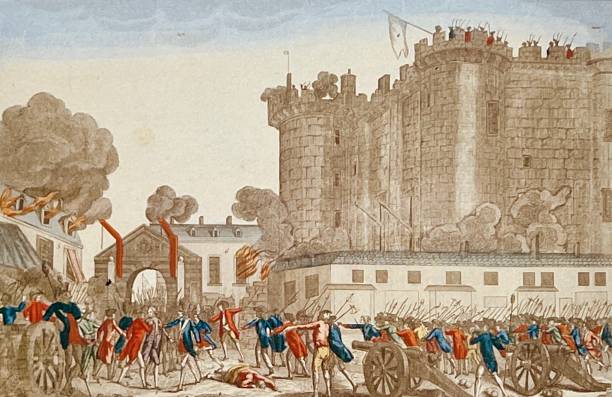
♪♪ Lets find some phrases related with the Storm of Bastille and the King that is inside the song ♪♪
Lets learn French or Française🗼🥐🇫🇷🥖
- Bonjour,
- Je m’appelle Nathalie. J’ai 34 ans et je viens de Guayaquil,Ecuador. Je suis professeur et je travaille à kruger School 10 ans. J’aime Écouter la musique
🗼Causes of French Revolution🗼
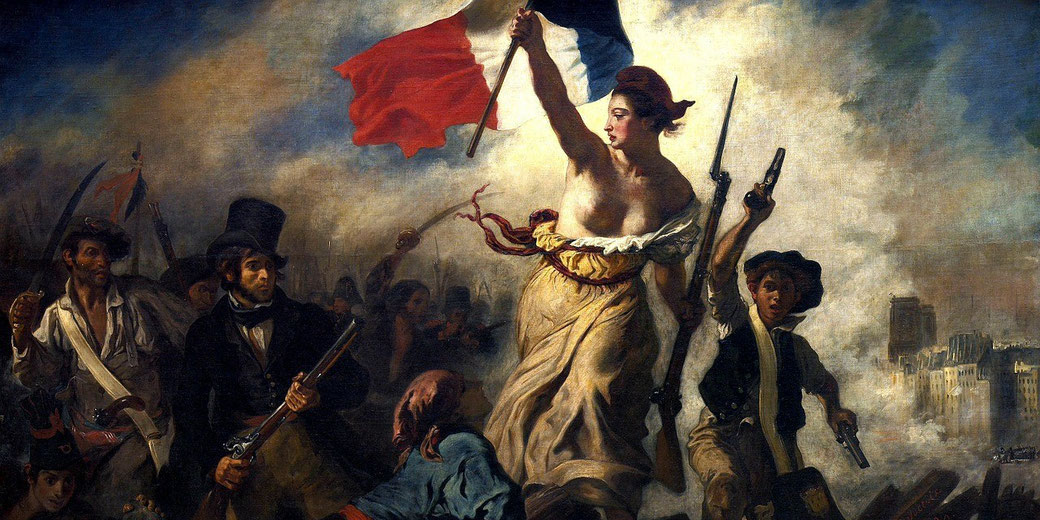
Timeline of Key Events in the French Revolution
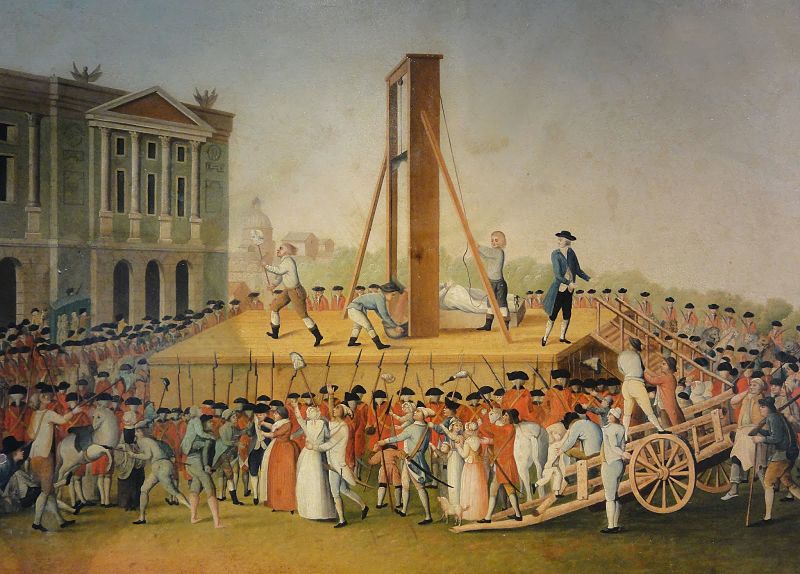
1789: Storming of the Bastille
Date: July 14, 1789
Details: The Storming of the Bastille is often considered the starting point of the French Revolution. The Bastille, a medieval fortress and prison in Paris, symbolized the arbitrary power of the French monarchy. Its fall came after a period of high tension and rioting in Paris, largely due to economic hardship and the mobilization of revolutionary groups.
Significance: This event became a symbol of the revolution and the fight against oppression, marking the end of absolute monarchy and the beginning of a representative government.
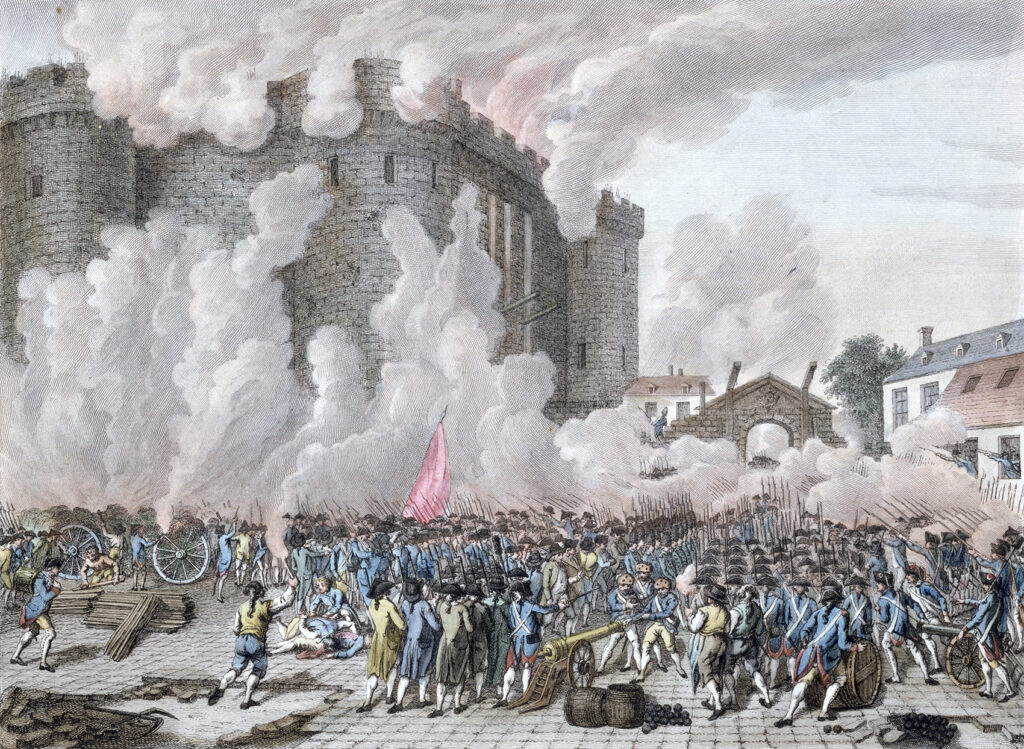
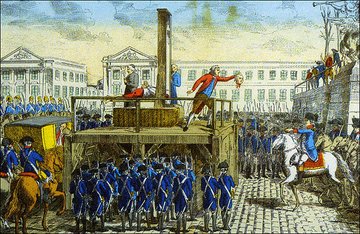
Execution of Louis XVI
- Date: January 21, 1793
- Details: Louis XVI was tried by the National Convention and found guilty of conspiracy against the liberty of the nation and the general security of the state. His execution was carried out by guillotine at the Place de la Révolution in Paris.
- Significance: The king’s execution marked the definitive end of absolute monarchy in France and underscored the increasing power of the radical revolutionaries. It also led to increased foreign hostility against the revolutionary government, precipitating war with various European coalitions.

Reign of Terror under Robespierre
Reign of Terror under Robespierre
- Period: September 1793 to July 1794
- Details: The Reign of Terror, led by Robespierre and the Committee of Public Safety, was characterized by severe political repression. The revolutionary government took harsh measures against suspected enemies of the revolution, leading to mass executions, often without proper judicial proceedings.
- Figures: Approximately 16,000 people were officially executed by guillotine, with historians estimating tens of thousands more died in prison or through extrajudicial processes.
- Significance: This period aimed to purge France of enemies of the revolution and protect the country from foreign invaders. However, it also highlighted the extremes of revolutionary governance and eventually led to Robespierre’s own downfall and execution as the Terror lost public support.
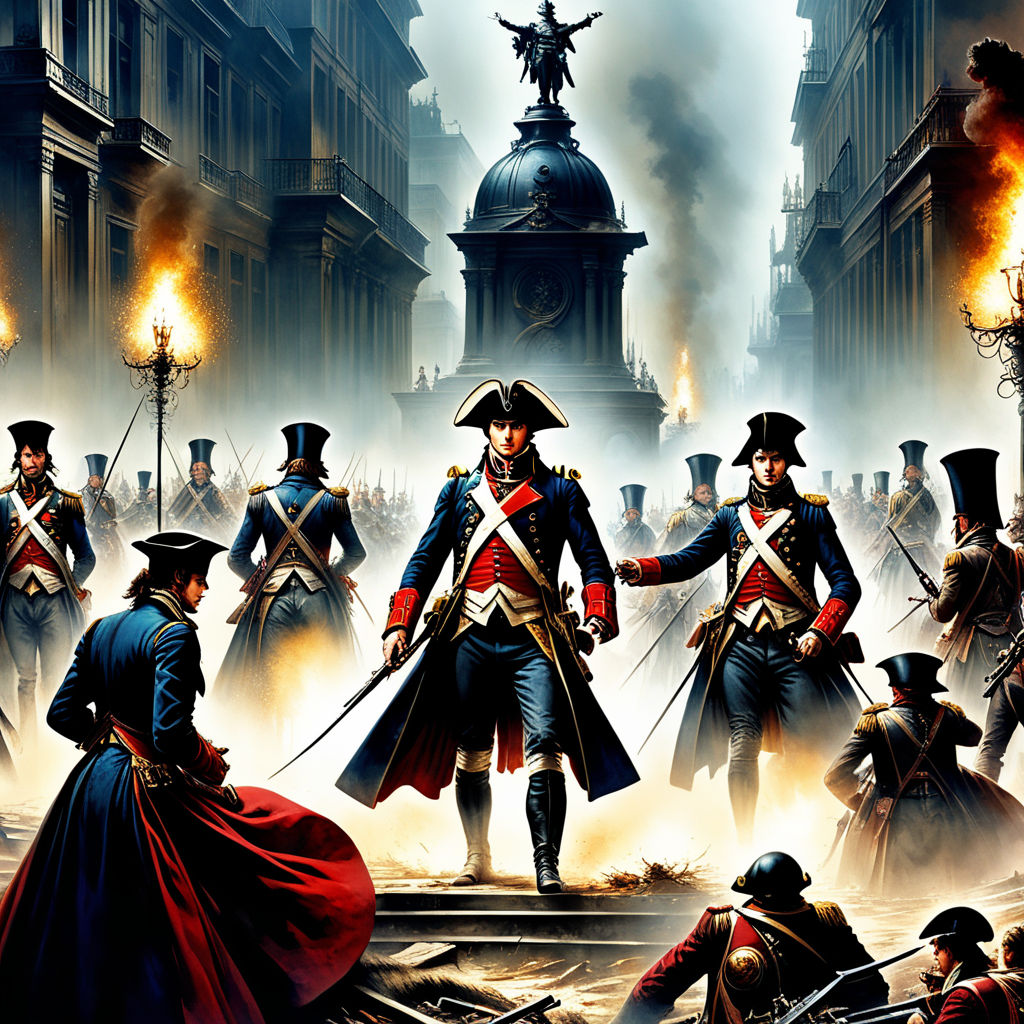
TRIVIA!!!!
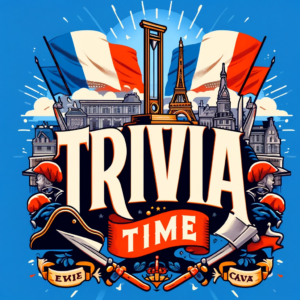
Who led the Reign of Terror?
- A) Napoleon Bonaparte
- B) Maximilien Robespierre
- C) Louis XVI
- D) Marquis de Lafayette
Correct Answer: B) Maximilien Robespierre
Question 2: What was the primary goal of the Reign of Terror?
- A) To restore the French monarchy
- B) To expand French territories
- C) To purge France of enemies of the revolution
- D) To establish a new economic system
Correct Answer: C) To purge France of enemies of the revolution
How many people were officially executed by guillotine during the Reign of Terror?
- A) About 1,600
- B) About 16,000
- C) About 160,000
- D) About 6,000
Correct Answer: B) About 16,000
Which estate was disproportionately affected by the tax burdens prior to the French Revolution?
- A) The First Estate
- B) The Second Estate
- C) The Third Estate
- D) The Fourth Estate
Correct Answer: C) The Third Estate
What was a major financial reason for the onset of the French Revolution?
- A) Profits from overseas colonies
- B) Investment in infrastructure
- C) Debt from wars and lavish spending by the monarchy
- D) Successful trade agreements
Correct Answer: C) Debt from wars and lavish spending by the monarchy
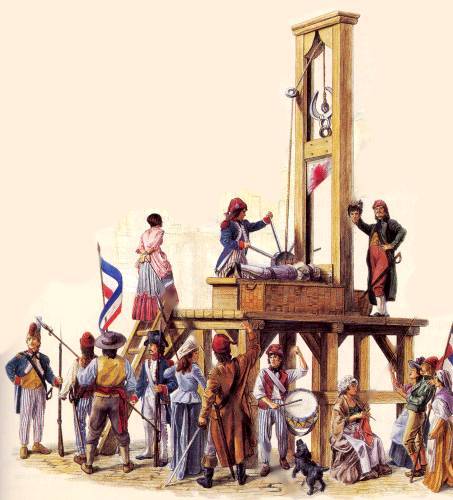
𝐂𝐑𝐄𝐀𝐓𝐈𝐎𝐍 𝐓𝐈𝐌𝐄🌈
- Create a model guillotine in the class as a project about the French Revolution in its darker aspects like the Reign of Terror.
- Materials Needed:
- Wooden boards (for the base and frame)
- Dowels (for the blade guide)
- Cardboard (to create the blade and lunette)
- Hot glue gun and glue sticks
- Paint (black, gray, and wood colors)
- Ruler and pencil (for marking and measuring)
- Craft knife (for cutting cardboard)
- Scissors
- Safety goggles (safety first!)
Step 1: Design and Planning
- Draw a Blueprint: Start by sketching the design of your guillotine. It should include a tall frame (uprights), a base, a crossbeam, a blade, and a lunette (the part that holds the head). This will help you when cutting and assembling the pieces.
- Safety Note: Ensure that all sharp tools are handled by the teacher or with the teacher’s supervision, and that safety goggles are worn during construction.
Step 2: Constructing the Frame
- Cut the Wooden Boards: Cut two tall pieces for the uprights and one shorter piece for the crossbeam that will hold the blade. The height of the guillotine can vary, but around 18 inches is manageable for a classroom project.
- Assemble the Frame: Use a hot glue gun to attach the uprights to the base. Ensure they are perfectly vertical. Attach the crossbeam at the top between the two uprights.
Step 3: Making the Blade
- Create the Blade: Cut a blade shape from cardboard. Paint it metallic gray or silver to mimic the look of metal. Make sure the blade fits between the uprights and can slide smoothly.
- Attach the Blade: The blade will not move in this model for safety reasons. Glue it in a fixed position either halfway down the frame or at the top, as if retracted.
Step 4: Adding the Lunette
- Construct the Lunette: Cut out two pieces of cardboard in the shape of half-circles. These will act as the lunette, which historically secured the neck of the person. Attach these to the frame near the base so that they look functional but are purely decorative.
Step 5: Painting and Finishing Touches
- Paint the Guillotine: Paint the wooden parts to look like old wood, and consider adding stains or a distressed look to give it more authenticity.
- Add Historical Information: Consider attaching a small plaque or a set of notes to the base explaining the historical significance of the guillotine during the French Revolution.

GUILLOTINE
